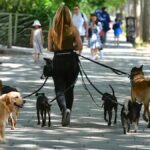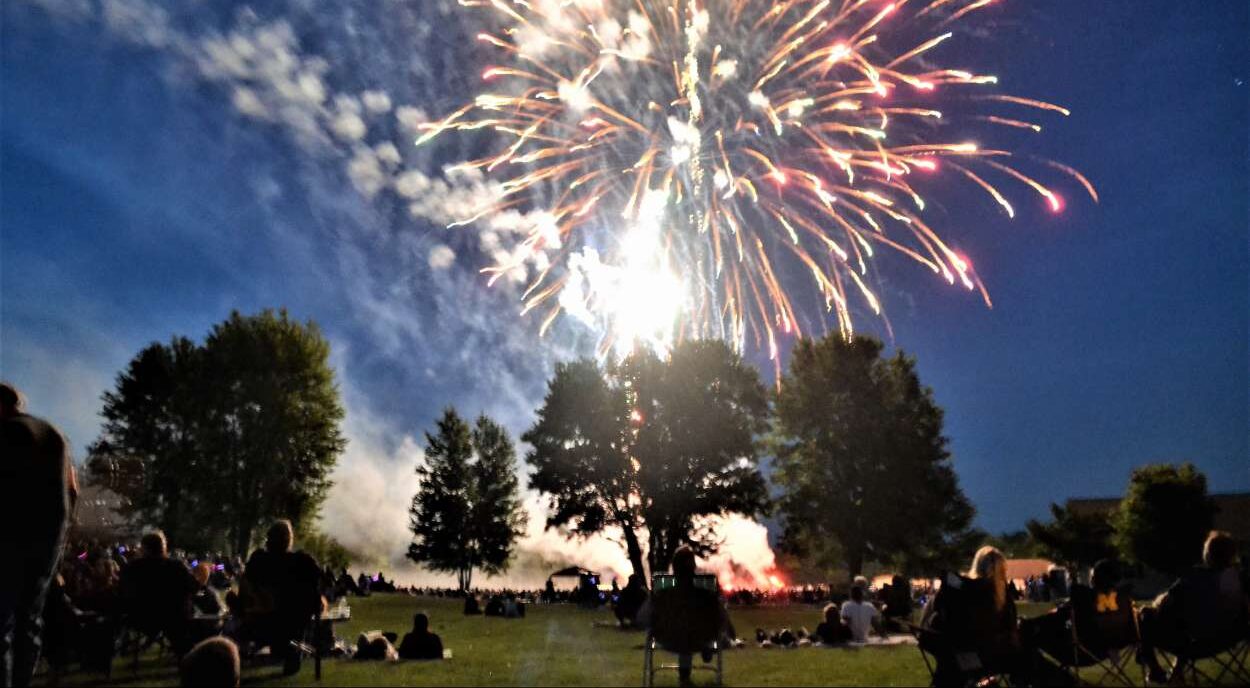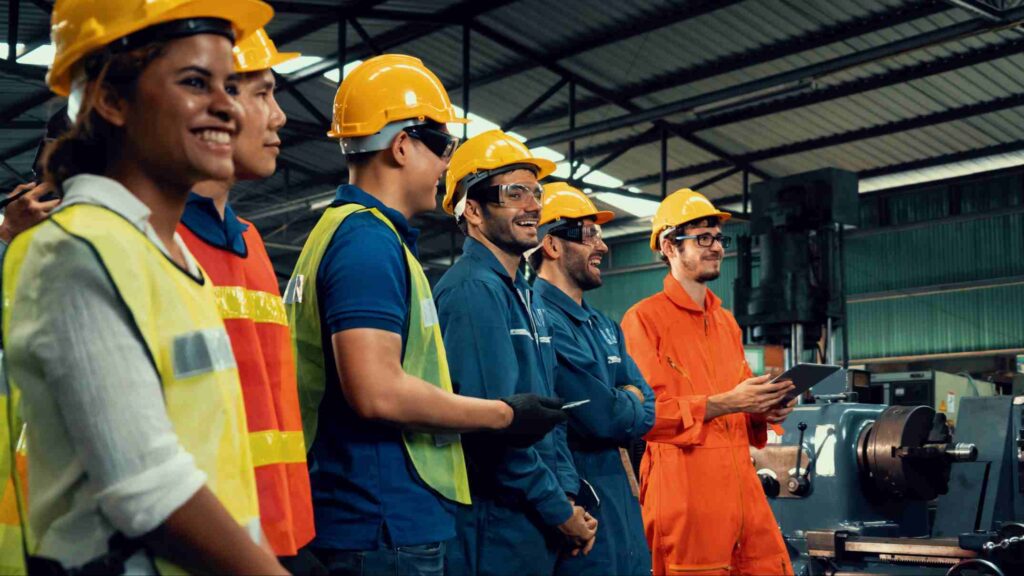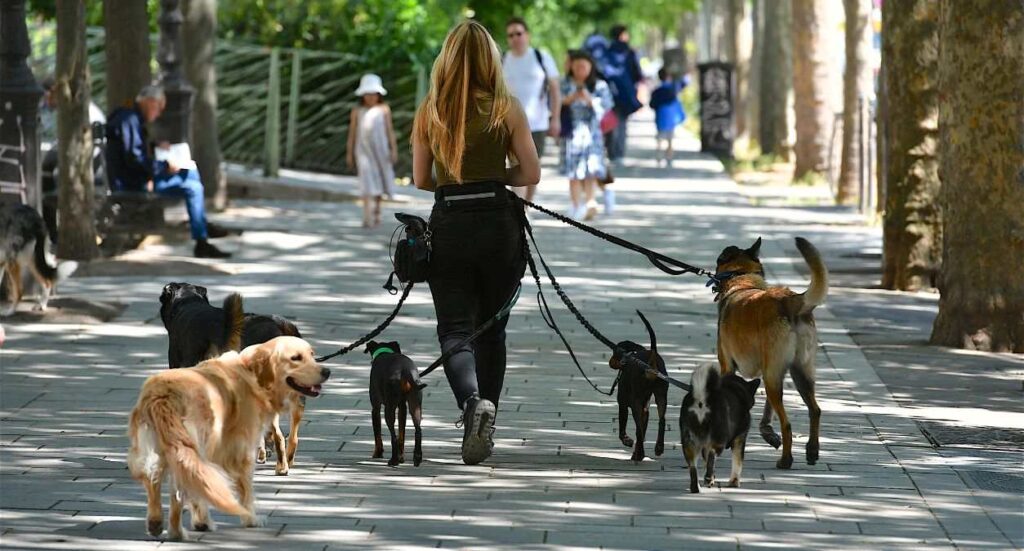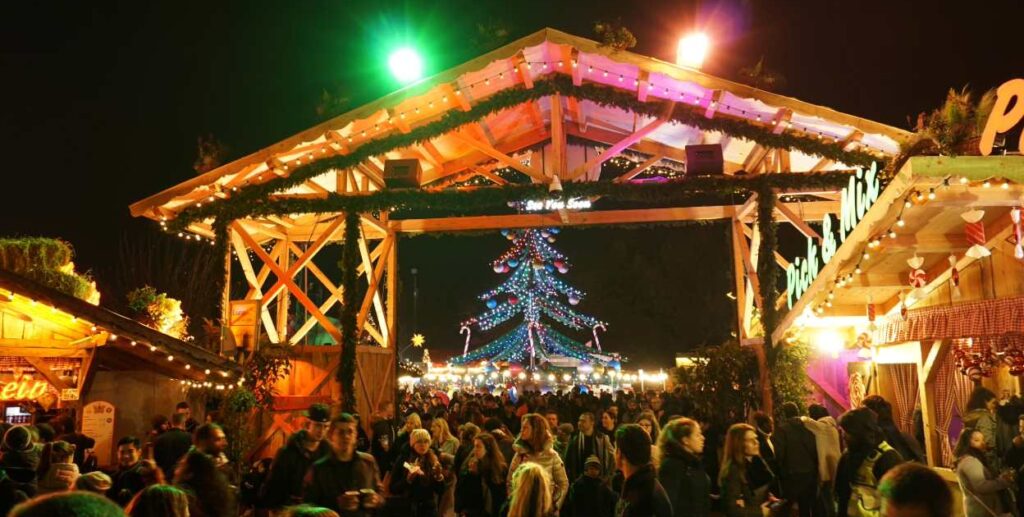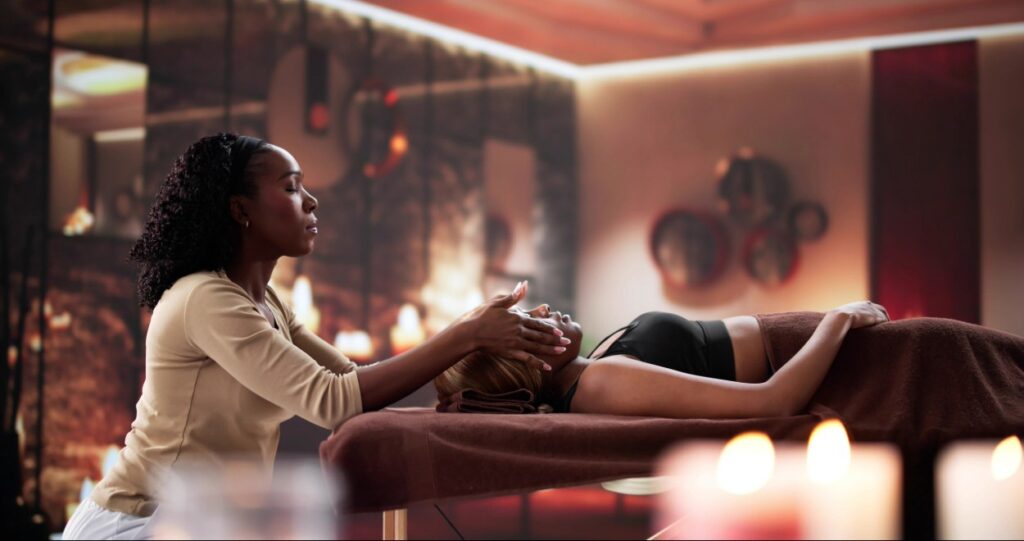Fireworks displays are a highlight of the year for many communities in the UK, bringing people together for Bonfire Night, New Year’s Eve and local celebrations. But behind the excitement lies a serious responsibility: ensuring that everyone enjoys the spectacle safely, legally and with the right protections in place.
Whether you’re a local council, community group or private organiser, this guide walks through the essential stages of running a public fireworks display. We’ll cover legal requirements, risk assessments, stakeholder roles, insurance, planning, and contingency, drawing on guidance from the Explosives Industry Group (EIG) and other official sources.
Planning a fireworks display
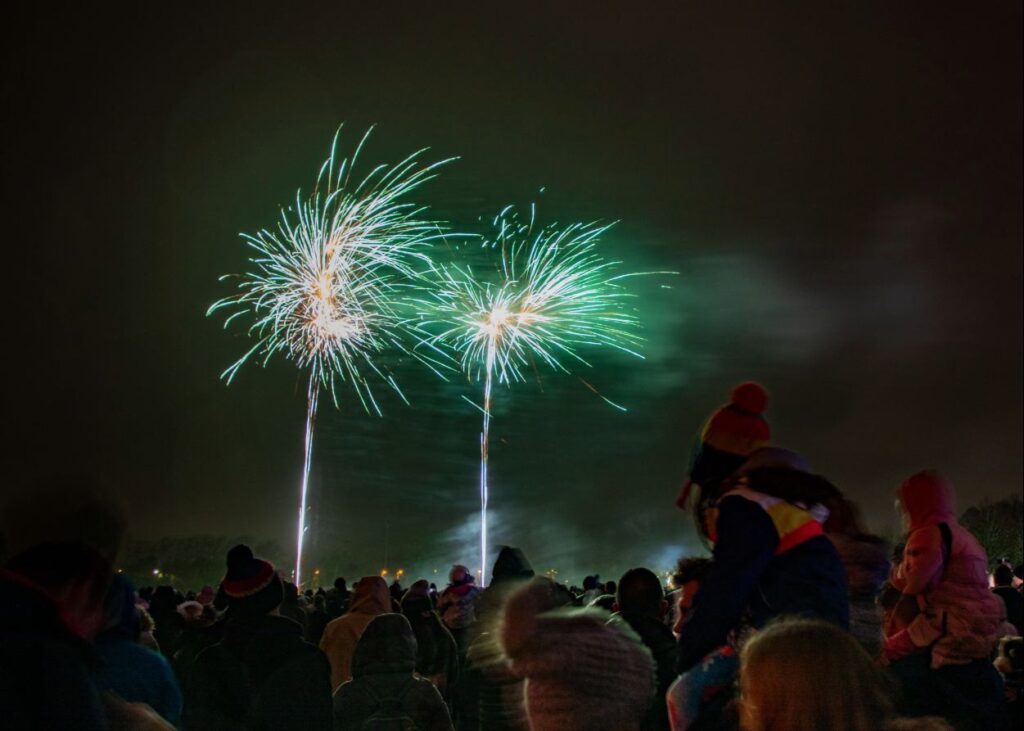
Organising a successful display requires careful planning across several stages and clear accountability. A robust plan can ensure you’re prepared whatever scenarios occur and prioritise keeping everyone safe.
Appoint a single health & safety lead
Name one person with overall responsibility for health and safety across organisers, the display operator, and other contractors (e.g. catering, lighting, sound). This person coordinates the safety management system and ensures legal duties are met.
Use the purple guide
For wider event planning (crowd management, welfare, traffic, site services), use The Event Safety Guide (“the Purple Guide”) as your organising playbook. It complements the fireworks-specific advice here.
Form a small organising team with clear roles
Start early and share the workload:
- Operator & emergency services liaison
- Site & crowd facilities
- Communications & public info/PA
- Bonfire (if any) & environmental considerations
Select a competent display operator (and agree responsibilities)
Contract a professional operator and agree duties in writing. You’ll want to check for:
- Evidence of training/competence and recent show history with references
- Public liability insurance and agreement to follow recommended guidance
- A site visit (or detailed site review) before quoting
- Willingness to discuss responsibilities and safety distances up front
Define the display’s main features early
Decide on estimated audience size, whether there’s a bonfire (preferably lit after the fireworks), and any special elements (e.g. pyromusical, lasers). These choices affect layout, safety distances and permissions.
Site selection & layout (the zoning model)
Plan for five zones and expect to adjust for wind on the day:
- Spectator area (public)
- Safety area (clear buffer between public and firing)
- Firing area (operator-only)
- Fallout area (downwind debris zone)
- Bonfire area (if used)
Working dimensions (starting points, not absolutes):
- Firing area: ~30m × 10m minimum (larger helps creativity and spacing)
- Safety distances: 25m+ for low-hazard shows; 50–100m+ if aerial effects are included (increase further for large shells)
- Overall footprint: ~150m × 150m can suit a medium display
Inspect in daylight for obstructions (trees, buildings, overhead power lines). Power lines bring flashover and induced-current risks (especially with long firing wires); if in doubt, consult the DNO.
Storage & custody
Let the operator hold and transport the fireworks (they’ll have compliant storage and know the carriage requirements). Provide a secure, dry, on-site holding point on the day, out of public reach. Supervise the firing area once rigging begins.
Environmental choices
Opt for lower-debris effects where possible. Consider local context for noise, proximity to livestock, and nearby institutions. Design out unnecessary plastics; many modern devices use card/biodegradable materials.
Involving stakeholders
A successful display depends on robust coordination between different groups:
- Stewards – crowd flow, access control, emergency support; fully briefed and identifiable (e.g. hi-vis).
- Staff/Organisers – planning, compliance, public messaging, go/no-go calls.
- Suppliers – licensed and reputable; coordinate delivery/storage timing.
- Display Operator – trained, competent, insured; sets safety distances; controls firing.
- Spectators – need clear rules, signage and announcements to stay safe (no personal fireworks; follow steward instructions).
For complex events (producer, creative director, lasers, stage pyro), confirm who owns site clearance, final go/no-go, public announcements, and safe egress if curtailed.
Rules, regulations & legal responsibilities
Most public displays involve a work activity, so the Health and Safety at Work etc. Act 1974 applies. You must protect workers, volunteers, spectators and people nearby.
Core instruments typically engaged include:
- Fireworks Regulations 2004 – sale, possession and times of use
- Explosives Regulations 2014 – storage, preparation and limited on-site assembly
- Carriage of Dangerous Goods Regulations – transport requirements
- HSWA 1974 (Sections 2 & 3) – safe systems of work and protection of non-employees
You cannot contract out legal duties to avoid them; contracts clarify who does what, but duty holders remain responsible. Breaches can lead to fines, prosecution and future event restrictions.
Fireworks & Bonfire Night Insurance
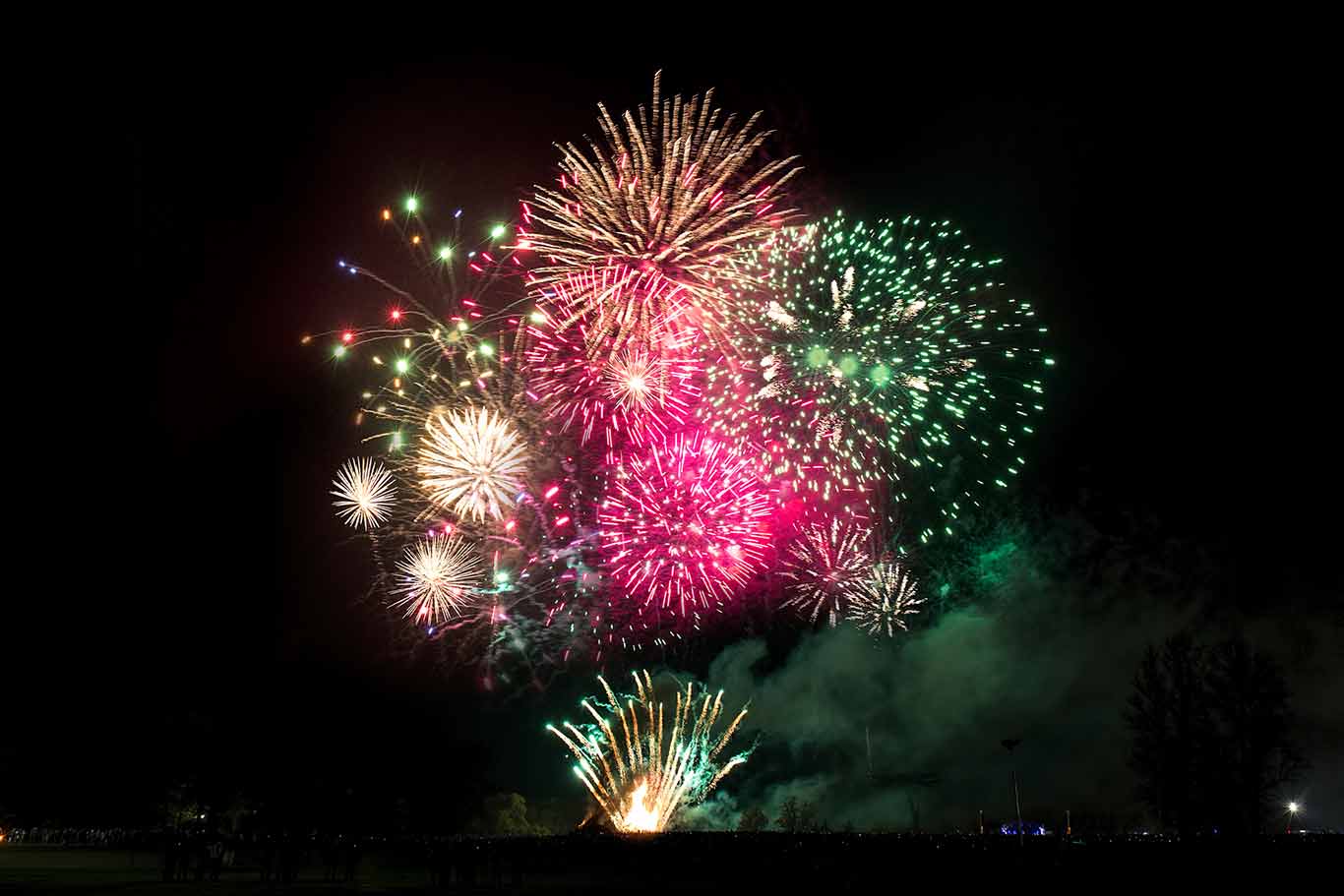
Insurance & liability
No organiser should run a display without firework display insurance (public liability at a level proportionate to the audience and site). A robust policy typically covers:
- Injury to spectators, volunteers and staff
- Damage to third-party property (including fire)
- Legal defence costs
There will be expectation to comply with to ensure insurance is valid, this might include a written risk assessment, documented safety distances, steward briefings, and defined contingency triggers.
Risk assessment & safety procedures
A written risk assessment is both a legal requirement and common sense. You’ll need to cover:
Site & crowd safety
- Barriers to prevent public access to firing, safety, fallout and bonfire areas
- Exits: at least two large, separated, well-lit exits; keep emergency routes clear
- Parking upwind where possible; segregate vehicles and pedestrians; protect blue-light access
- First-aid point: clearly signposted, staffed, with ambulance access
- Fire-fighting kit distributed (water, blankets, extinguishers) and stewards trained to tackle only small fires
Crowd management & rules
- Control entry to avoid overcrowding; no personal fireworks allowed, publicise in advance and sign at entrances
- Start on time; if delayed, inform spectators early and often
- Prepare short, clear emergency announcements in advance
Bonfires (if used)
- Name one person in charge; no accelerants; exclude hazardous waste
- Keep a fire blanket ready; consider lighting after the fireworks
- Suspend firing if a bonfire incident develops until the area is safe
Drones
- Use a professional operator only; pre-agree launch/control points and live comms with the pyro team
- Do not fly through effects; confirm legal permissions and night-flying limits
Operator practices
- Flame-resistant outerwear, gloves, goggles, helmet, sturdy closed footwear, hearing protection
- Coordinated firing and radio comms; do not reload shells mid-show; remove damaged mortars from service
- Keep fireworks dry; tie devices on the audience-away side of supports.
Weather considerations
Weather can force changes. Agree curtailment/cancellation criteria with the operator beforehand, including:
- Maximum wind speed and unacceptable directions (e.g. blowing towards crowd/exits)
- When to remove aerial effects or switch to low-hazard cues
- Thresholds for postponement or stop
Keep fireworks dry during rigging (bag or sheet devices). Monitor conditions continuously; adjust firing angles or reposition lines if safe to do so. Have pre-scripted PA messages for holds, changes and evacuations.
Contingency plan
Plan for foreseeable problems and write down who does what, so there is a clear line of responsibility:
- Wind change/high winds: re-orient or remove aerials; if unsafe, stop or cancel. Follow operator advice.
- Misfires: operator imposes a strict hold time (e.g. 30 minutes), never look into mortars, and neutralises/disposes per procedure. Keep spectators well back.
- Injury/Incident: pause firing, give first-aid immediate access, call ambulance, preserve the scene and debris for investigation/reporting (e.g. RIDDOR if applicable).
- Premature crowd ingress to restricted zones: halt firing until cleared and safe.
- Communications: use pre-scripted PA for holds, changes, evacuation; stewards relay and direct.
- Clean-up: keep restricted zones closed until the operator declares safe. Do a first light sweep next morning for partially spent items; agree responsibilities in writing.
Notifications & local liaison
You’ll need to inform and coordinate with:
- Police: crowd/traffic/order, emergency access
- Fire & Rescue: ideally 28 days prior; fire-fighting arrangements, routes, site layout
- Local authority: licensing/by-laws; trading standards/environmental health for storage queries
- Neighbouring landowners & local institutions: warn early; allow livestock moves; advise hospitals/care homes
- Coastguard/harbour authority: where applicable; dangerous goods notices and false-alarm avoidance
- Aerodromes/CAA: within proximity or for high aerial effects; check CAP 736 guidance and any height restrictions
If you’re unsure whether to notify someone, it’s probably safer to do so.
Further guidance & official sources
- Explosives Industry Group (EIG) – best-practice guides on professional displays
- Health and Safety Executive (HSE) – legal duties, risk assessment, RIDDOR
- The Purple Guide – event safety, crowd, traffic, welfare
- Local Authorities – permissions, local by-laws
- RoSPA – public safety resources
- Civil Aviation Authority (CAP 736) – lasers/searchlights/fireworks near aerodromes
Other considerations
- Accessibility: step-free routes, viewing areas, accessible toilets
- Noise & community impact: mindful scheduling and communications
- Signage & information: entrances/exits, restricted zones, first-aid point, “no personal fireworks”
- Data & review: record incidents/near-misses, capture feedback, and update your plan for next time
A public fireworks display can be a spectacular community event, but it carries real responsibilities. With a competent operator, clear roles, a well-zoned site, robust risk assessment, agreed weather triggers, and proper display insurance, you can deliver a show that dazzles, and gets everyone home safely.
Secure Fireworks and Bonfire Insurance from Protectivity
Following the correct procedures is essential when planning any fireworks or bonfire event. Alongside safety planning, site layout, and risk assessments, you’ll also need to ensure you have the right event insurance in place before the display can go ahead.
At Protectivity, we provide specialist firework and bonfire insurance designed for these specialist events. Our policies include public liability cover up to £10 million as standard, protecting you should an accident or injury occur. We also cover event equipment and event money as part of the core policy.
To strengthen your protection further, you can add optional extras such as event cancellation insurance – vital if extreme weather or unforeseen circumstances force you to postpone or cancel – as well as employers’ liability cover if you’re hiring staff, stewards or volunteers to help run the event.
Fireworks and bonfires often involve a wider network of suppliers, from general stalls and catering vans to photographers, performers and entertainers. We also offer tailored insurance for these roles, protecting against accidents, claims or damage that may arise while operating at your event.
By arranging the right insurance alongside your safety measures, you not only protect yourself legally and financially – you also give confidence to local authorities, suppliers and, most importantly, your spectators.
You can learn more about our specialist firework and bonfire insurance options and request a quick online quote today.
Fireworks & Bonfire Night Insurance
*Disclaimer – This blog has been created as general information and should not be taken as advice. Make sure you have the correct level of insurance for your requirements and always review policy documentation. Information is factually accurate at the time of publishing but may have become out of date.
Last updated by



